The eating plan is ideal for fueling high-intensity activities (but not for weight loss)
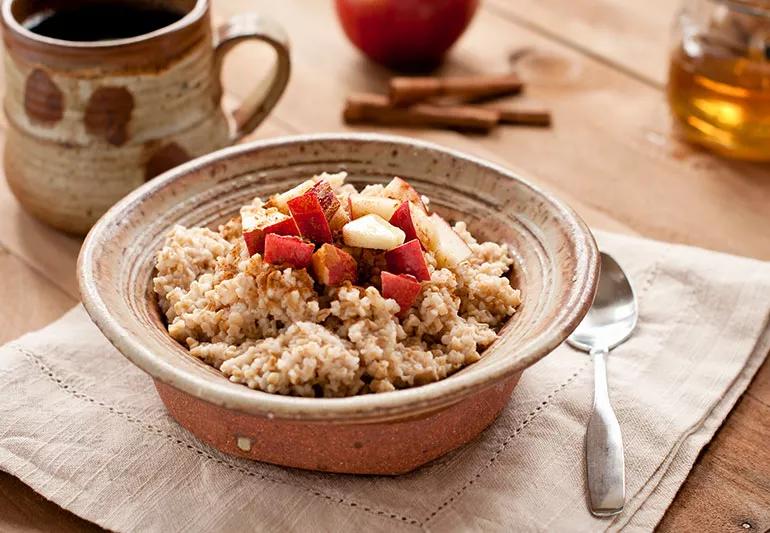
The “carb cycling” diet is all about building energy. It’s well-tailored for anyone in the midst of high-intensity training or competition. If that’s not you … well, maybe pass on that second bowl of pasta.
Advertisement
Cleveland Clinic is a non-profit academic medical center. Advertising on our site helps support our mission. We do not endorse non-Cleveland Clinic products or services. Policy
The short-term diet is especially good for endurance athletes who want to maintain or lose weight while optimizing their energy. It’s all about eating carbohydrate-rich food that provides the right fuel at the right time for peak performance.
As you might have guessed, carb cycling is NOT a weight-loss program. It shouldn’t be on the table for casual fitness buffs, either, says sports health dietitian Kate Patton, RD, LD.
So, who can benefit from carb cycling and how does the plan work? Let’s find out.
For marathoners, triathletes and other serious athletes, carb cycling can be an effective way to train, says Patton.
The reason? Carbs equal energy in the world of athletic performance. Your digestive system breaks down carbs into glucose, or blood sugar. Your body absorbs glucose and uses it to fuel to power muscles.
“When you’re an athlete, your body is more efficient and your metabolism is pretty high,” explains Patton. “If your workouts are high intensity, you’ll need the extra fuel. You’ll burn through these extra carbs.”
Carb cycling can be adjusted to training schedules, says Patton. There’s no one way to do it.
Some may opt to try a scripted five-day plan. With this method, you eat a low amount of carbs for three days (averaging about 100 grams [g]–125 g each day) then follow with two high-carb days (175 g–275 g) and increased physical activity.
Advertisement
Others take a simpler approach: Just eat more carbs on big workout days to optimize energy and minimize fatigue. On lower-intensity days, dial down the carbs to keep your weight in check.
And in regard to weight, be aware that you might gain pounds on high-carb days even with the increased physical activity due to increased carbohydrates stored in your muscles. “Again, though, carb cycling isn’t meant for losing weight,” notes Patton. “It’s about fueling your body.”
The same rule of thumb about eating good carbs and avoiding bad ones pertains to carb cycling, too, says Patton. Focus on eating complex, nutritious carbs that help sustain energy and stabilize blood sugar levels.
Good carbohydrates are high in fiber content and slow to digest. They’re also usually unprocessed, meaning they still include natural ingredients.
Foods that contain good carbs include:
Bad carbs are typically found in highly processed food that’s also low in fiber. Items that fall in the “bad carb” category usually include white flour and/or sugar. (Examples of foods to avoid include white bread, sugary cereal, cakes and cookies.)
Many fitness-tracking devices allow you to track your daily food intake and count calories.
Or you can use one of the many apps available online. Patton says Cronometer™, MyFitnessPal™ and Lose It!™ are helpful.
“There’s nothing dangerous about carb cycling in the short-term,” says Patton. “But it’s important to also follow an overall nutritious diet so your blood pressure, sugar and cholesterol levels remain in a healthy range.”
Advertisement
Learn more about our editorial process.
Advertisement
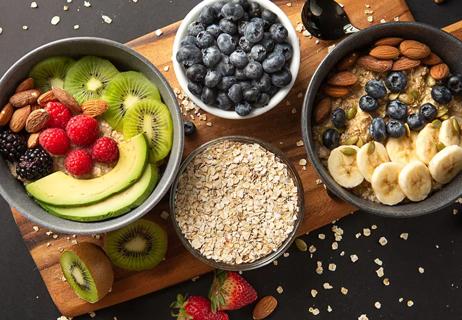
It’s all about choosing complex carbs — like whole grains — that will keep you full

A low-FODMAP elimination diet can help identify your symptoms
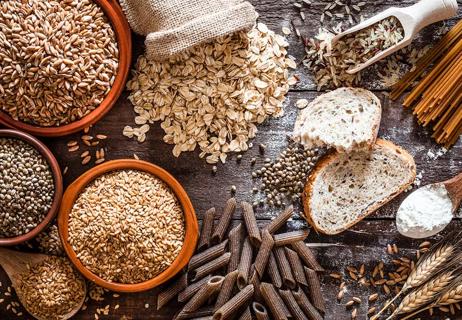
Whole-food carbs come with major health benefits, like fiber and antioxidants
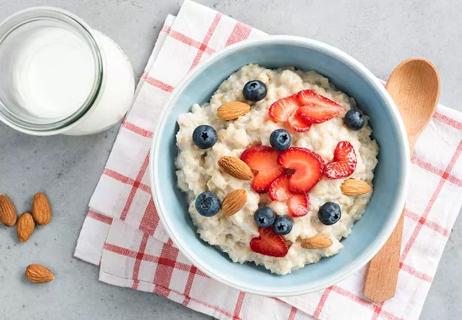
The amount you need depends on several factors, such as age, sex and activity level
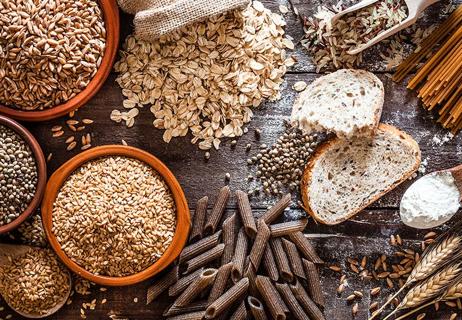
Here’s why you crave them and how to curb them
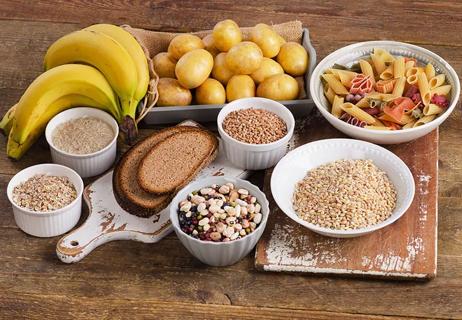
Opt for complex carbs that are full of fiber or protein
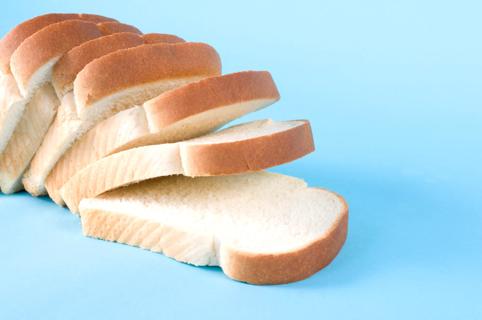
Which carbs should you cut if you want to lose weight?

The best parenting style balances enforcing rules and showing plenty of love

Tips include cutting back on sugar, focusing on exercise and managing stress

It can be harder to let go when you’ve invested time, energy and emotions — but it might be the healthier choice long term